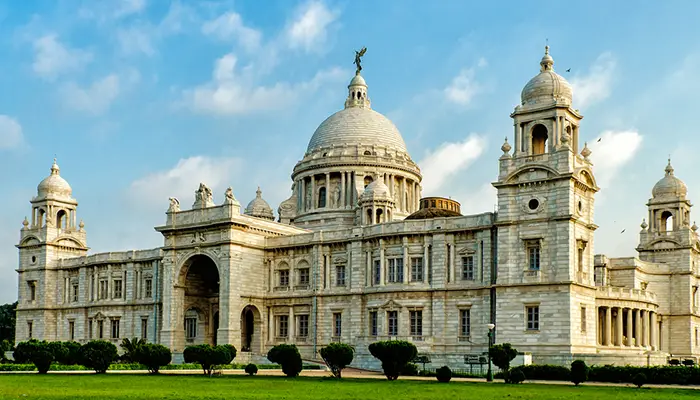The Road to the Skies: Navigating the Challenges and Opportunities of the Air India-Vistara Merger
- Devyani
- 1 year ago
- 4 minutes read

The union between Air India and Vistara, the two key players in India’s aviation landscape, signals a prominent milestone in the industry. The collaboration will create one of the world's largest airline groups, with Singapore Airlines acquiring a 25.1% stake in the merged identity. While the collaboration guarantees expanded routes, improved service offerings, and a powerful market presence, it also presents certain regulatory, operational, and cultural challenges that need to be addressed.
Regulatory Challenges: A Complex Web
The regulatory landscape serves as one of the main impediments to the Air-Vistara merger. The Directorate General of Civil Aviation (DGCA) highly regulates India’s aviation sector by monitoring safety, compliance, and operational standards. To ensure that the union does not create a monopoly or unfair market advantage, the merger requires several approvals not only from the DGCA but also from the Competition Commission of India (CCI).
Furthermore, the merger must adhere to FDI regulations. Singapore Airlines’ stake in the merged entity involves navigating complex foreign investment laws, ensuring that the deal aligns with India’s aviation policies that cap foreign ownership at 49% for airlines operating within the country. Meeting these requirements is critical to avoid any legal hurdles that could delay the merger’s timeline, which is targeted for completion by the end of 2024.
Operational Challenges: Integration and Synergy
Operational integration presents another significant challenge. Air India and Vistara, while both established brands, operate on different business models and have distinct operational strategies. Air India, with its legacy as the national carrier, operates a larger fleet with a focus on international routes and long-haul flights. In contrast, Vistara, a joint venture between Tata Sons and Singapore Airlines, is known for its premium domestic service and a more modern fleet.
Aligning these operational models will require harmonizing diverse fleets, consolidating booking systems, and integrating different service protocols. For instance, Air India’s fleet includes a mix of Boeing and Airbus aircraft, whereas Vistara has primarily focused on a more streamlined, newer fleet. Synchronizing maintenance, pilot training, and operational procedures across these varied fleets is a logistical challenge that needs meticulous planning.

Moreover, the integration of flight schedules, frequent flyer programs, and customer service standards are crucial to present a unified brand experience to passengers. Ensuring smooth transitions while maintaining service quality will be pivotal in retaining customer trust and loyalty during the merger process.

(Image credit: Business Today)
Cultural Challenges: Bridging Two Distinct Identities
Cultural integration is another layer of complexity in this merger. Air India and Vistara have distinct brand identities and corporate cultures. Air India carries the legacy of being India’s first airline with a deep-rooted connection to the country’s heritage, while Vistara has positioned itself as a modern, premium brand focused on providing a superior flying experience.
Bridging these cultural differences involves more than just rebranding; it requires aligning the workforce under a common vision. Employee integration, including alignment of corporate values, standardizing HR policies, and ensuring smooth collaboration between teams from different organizational backgrounds, will be critical. Employee morale and engagement will need to be carefully managed to ensure that the merger does not disrupt service quality.
Opportunities: A New Era of Indian Aviation
Despite the challenges, the merger brings significant opportunities. The combined entity is expected to offer expanded routes, providing passengers with enhanced connectivity across domestic and international destinations. This expansion is particularly crucial as the Indian aviation market is projected to become the third-largest globally by 2025, driven by rising middle-class incomes and increasing demand for air travel.
Enhanced service offerings are also on the horizon. With Vistara’s reputation for premium services and Air India’s extensive network, the merged airline can leverage the strengths of both to offer a comprehensive, high-quality travel experience. This can include improved in-flight amenities, better loyalty programs, and more seamless travel options across a larger network.
The merger also positions the new airline group to strengthen its market presence, not just in India, but on the global stage. By combining resources, expertise, and networks, the merged entity can more effectively compete with global carriers, enhancing India’s position in international aviation.








.webp)



